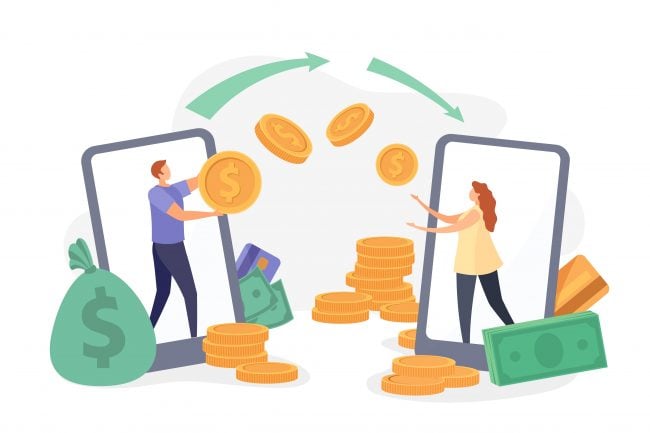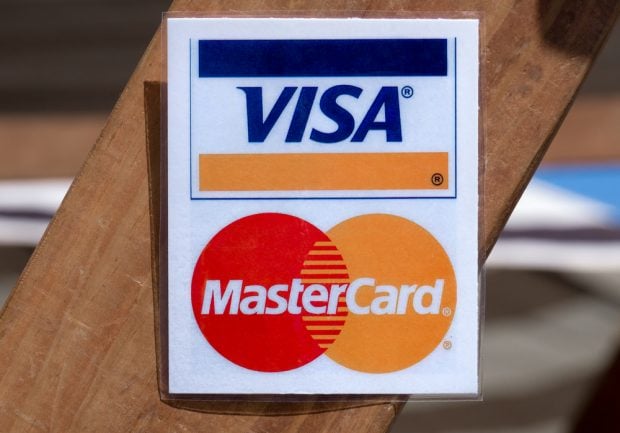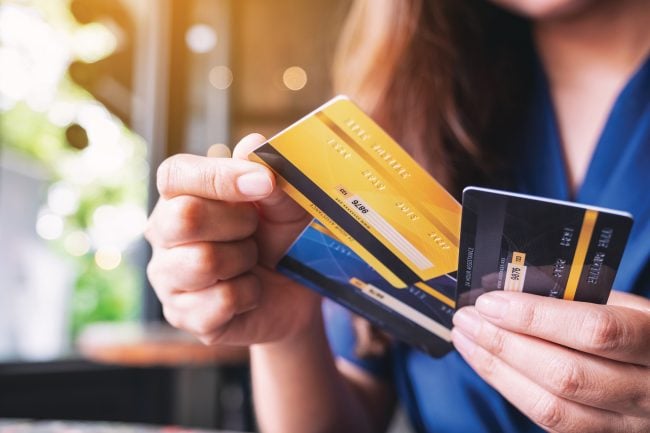
After sitting on the sidelines the last few years, the digitalwallet is finally gaining traction with consumers. According tomobilepaymentstoday.com, a new Juniper Research study projects thatthe number of mobile wallets using contactless technology willreach 200 million by the end of 2016, representing growth of morethan 100% since the end of 2014. Consider also a new Wristly surveyof Apple Watch owners that found that 80% of respondents in theU.S. and U.K. have already used Apple Pay.
|So while current reports of U.S. digital wallet adoption remainlackluster, a sneak peek into the future reveals a differentparadigm.
|“Right now, having a digital wallet on your phone does not meanyou can give up carrying plastic cards,” Amy MacMullen, seniorproduct manager for CO-OP Financial Services said. “You still haveto find a merchant equipped with near field communicationtechnology (NFC) in order to use a digital wallet in-store, andmany merchants just aren't there yet. But, we expect that dynamicto change soon.”
|According to MacMullen, Oct. 1, 2015, remains a pivotal date inthe payment industry, and not just because it is a deadline set bypayments networks for EMV-compliance in the U.S. – a transitiondiscussed in CO-OP's EMV Common AID white paper.
|“If I am a merchant that has decided to upgrade my paymentterminals with EMV card readers, it makes sense for me to add NFCtechnology as well,” MacMullen said. “So we expect to see a wave ofnew terminals go live in the coming months with both EMV and NFCtechnology. This will give digital wallet adoption a much-neededboost.”
|New Technologies Helping to Turn the Tide
|Consider also that Android Pay just recently launched in the U.Swith a couple of the largest issuers. And it is anticipated thatSamsung Pay will soon follow. Plus, digital e-commerce solutionssuch as MasterCard's MasterPass and Visa Checkout make onlineshopping even more convenient. “These single sign-on solutionsremove the need to re-enter shipping, billing and paymentinformation before making a purchase when shopping online orin-app,” MacMullen said. “Instead, users simply select the 'buybutton' and enter their credentials when checking out.”
|While these and other factors have paved the way for animpending digital wallet boom, research indicates that consumersstill have their hesitations. In fact, in a recent Gallup poll of17,000 consumers, 55% expressed concerns over the security ofdigital wallets.
|“The irony is that digital wallet transactions are believed byexperts in the industry to be more secure than the mag stripetransactions we make every day,” MacMullen said. “So there is someeducation that needs to take place in the marketplace.”
|A Lesson in Digital Wallet Security
|So what do credit unions and their members need to know aboutdigital wallet security? According to MacMullen, they should firstunderstand a few basics about how NFC and tokenization work.
|“NFC technology allows a device to communicate with a NFC readerto exchange data when placed in close proximity,” she said. “Cardtokenization is the process of replacing the traditional accountnumber with a unique digital token so that the consumer's cardinformation isn't stored on the device or shared with the merchant.In addition to the security of the token there is fingerprint andpasscode security on the device itself.
|Card numbers are stored only in secured vaults at paymentsnetworks, out of reach from fraudsters if the phone is lost orstolen, or in the event of a merchant breach.”
|While NFC serves as the foundation for the “big three” digitalwallets, MacMullen noted that there are differences in how eachplatform operates. “Apple Pay uses NFC along with a secure elementthat is tied to the device,” she said. “Android Pay uses a form ofNFC called host card emulation (HCE) that allows issuers to loadwallets without the need to access a secure element embedded in thephone. Samsung Pay incorporates NFC technology and also featuresmagnetic secure transmission technology (MST) that is compatiblewith magnetic stripe readers. These are all technologies thatcredit union employees should understand and be able to explain tomembers. To help, CO-OP has just released a new digital walletwhite paper with an in-depth analysis of the technologies involvedand market dynamics.”
|She continued, “As a credit union, you want members to view youas forward-thinking and engaged with technology, and digitalwallets can provide a fast, brilliant consumer experience with asecure authentication process offered by a trusted source. Thistechnology will soon pique the interest of your members –especially millennials.”
|Click here to access CO-OP's new white paper, “DigitalWallets: A Still-Fluid, Revolutionary Trend inPayments.”
Complete your profile to continue reading and get FREE access to CUTimes.com, part of your ALM digital membership.
Your access to unlimited CUTimes.com content isn’t changing.
Once you are an ALM digital member, you’ll receive:
- Critical CUTimes.com information including comprehensive product and service provider listings via the Marketplace Directory, CU Careers, resources from industry leaders, webcasts, and breaking news, analysis and more with our informative Newsletters.
- Exclusive discounts on ALM and CU Times events.
- Access to other award-winning ALM websites including Law.com and GlobeSt.com.
Already have an account? Sign In
© 2024 ALM Global, LLC, All Rights Reserved. Request academic re-use from www.copyright.com. All other uses, submit a request to [email protected]. For more information visit Asset & Logo Licensing.









